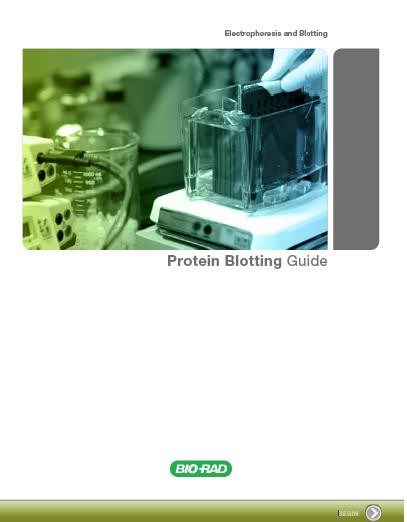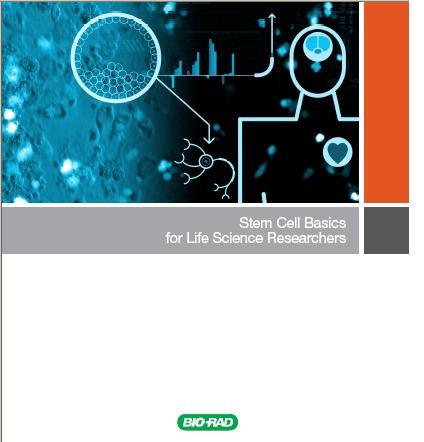In theory, increasing the power input and duration of an electrophoretic transfer results in the transfer of more protein out of a gel.
In practice, however, test runs should be used to evaluate transfer efficiency at various field strengths and transfer times for each set of proteins of interest.
The optimum transfer conditions depend on a number of factors, including the size, charge and electrophoretic mobility of the protein, the type of gel and transfer buffer used, and the type of transfer system being used.
In a semi-dry transfer system, the distance between electrodes is determined only by the thickness of the gel-membrane sandwich, and buffering and cooling capacity is limited to the buffer in the filter paper. As a result, the field strength is maximized in semi-dry systems, and the limited buffering and cooling capacity restricts the transfer time. Though power conditions may be varied with the power supply, semi-dry transfers often operate best within a narrow range of settings.
Tags: 2D Gel Electrophoresis, Bio-Rad Laboratories, protein electrophoresis, western blotting















